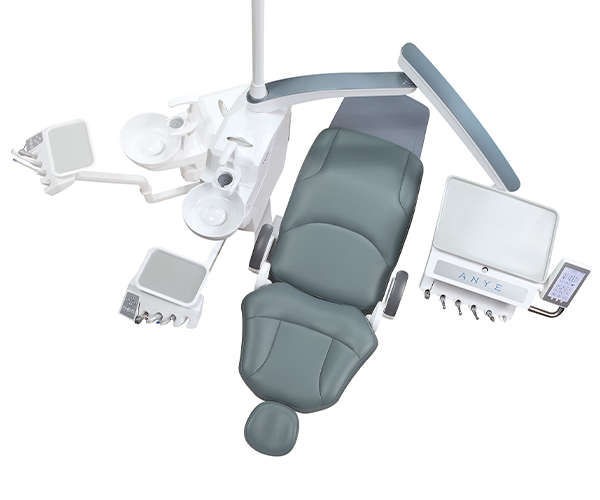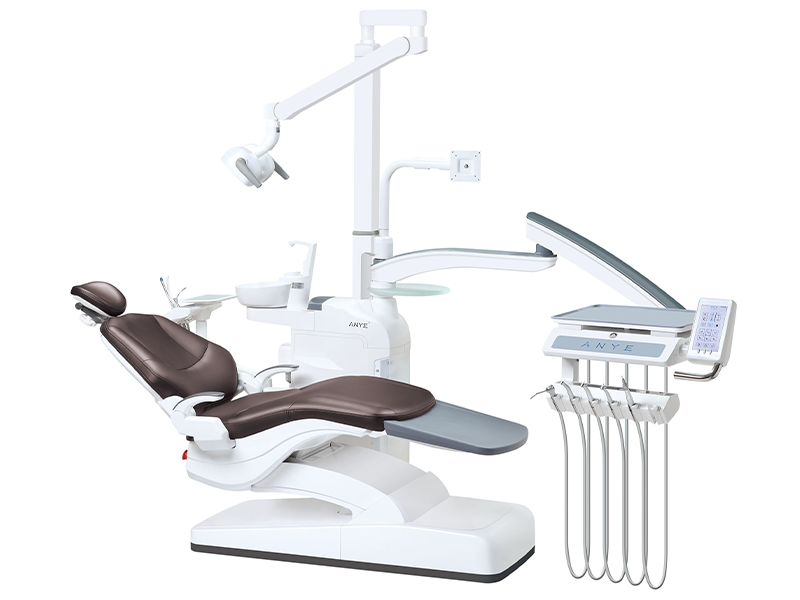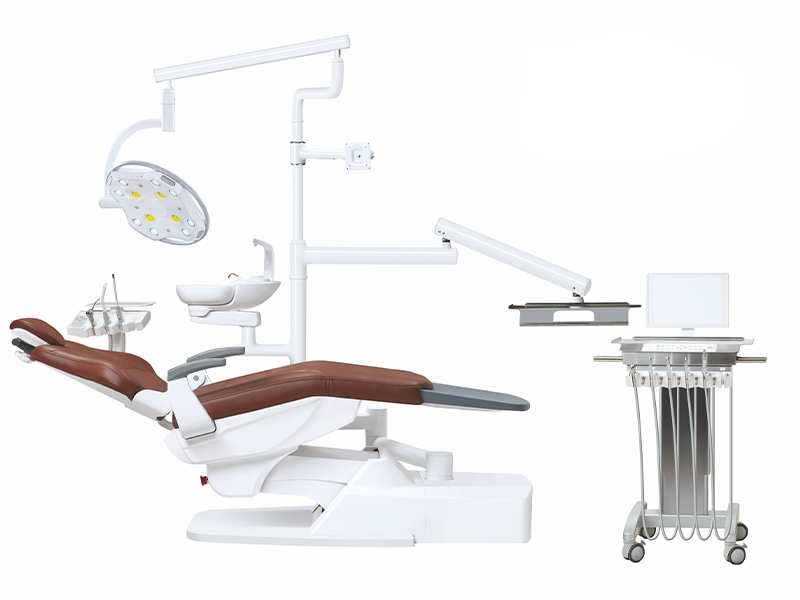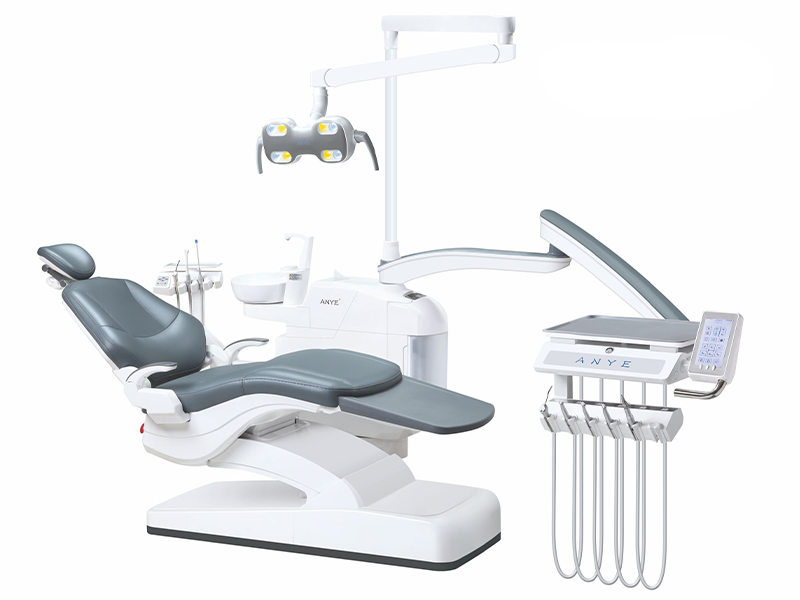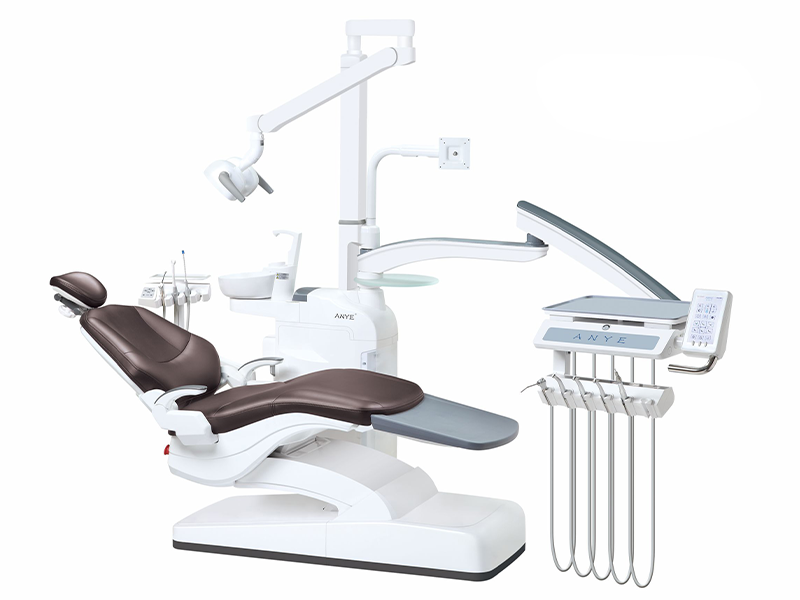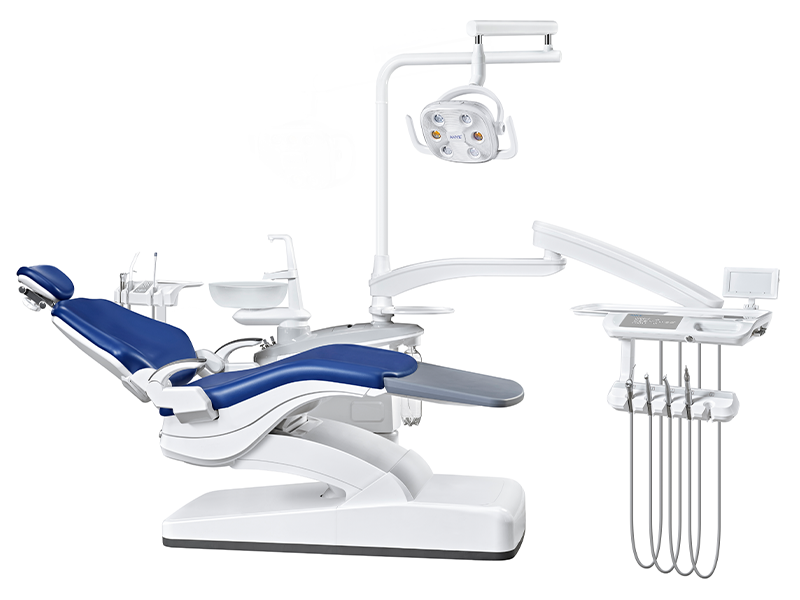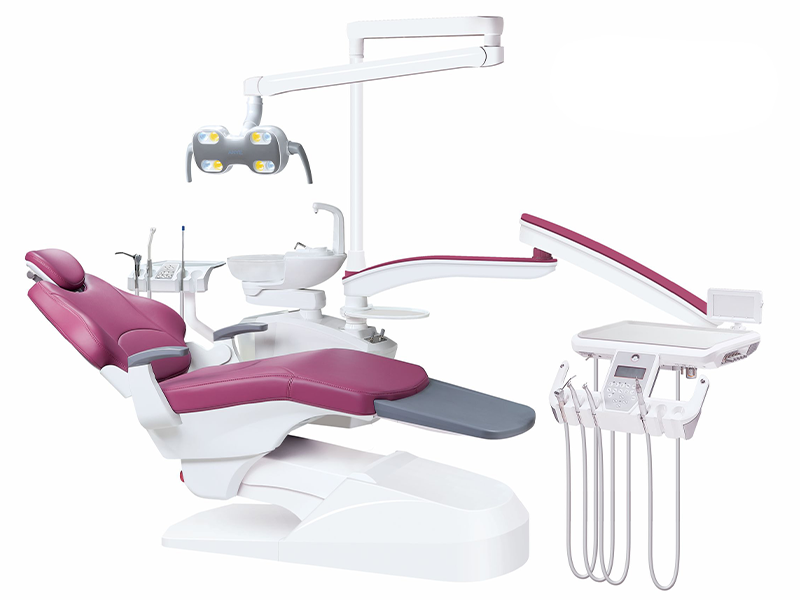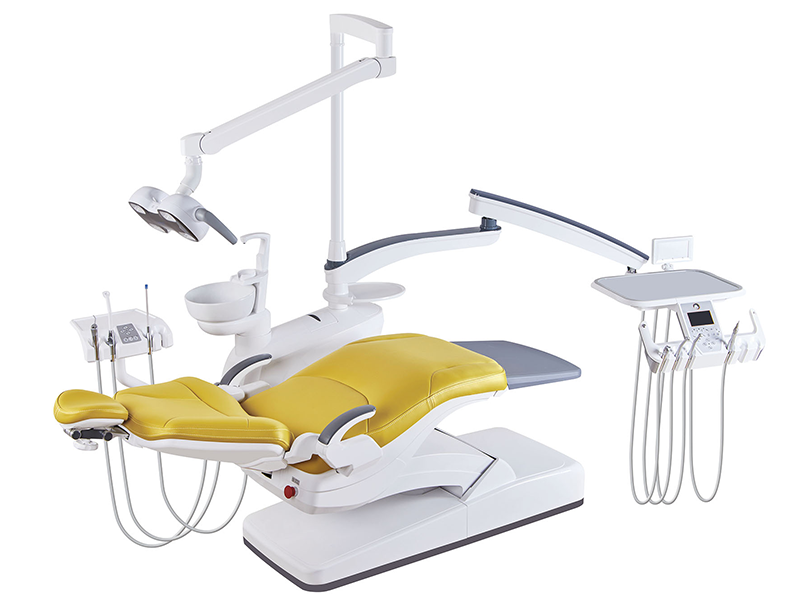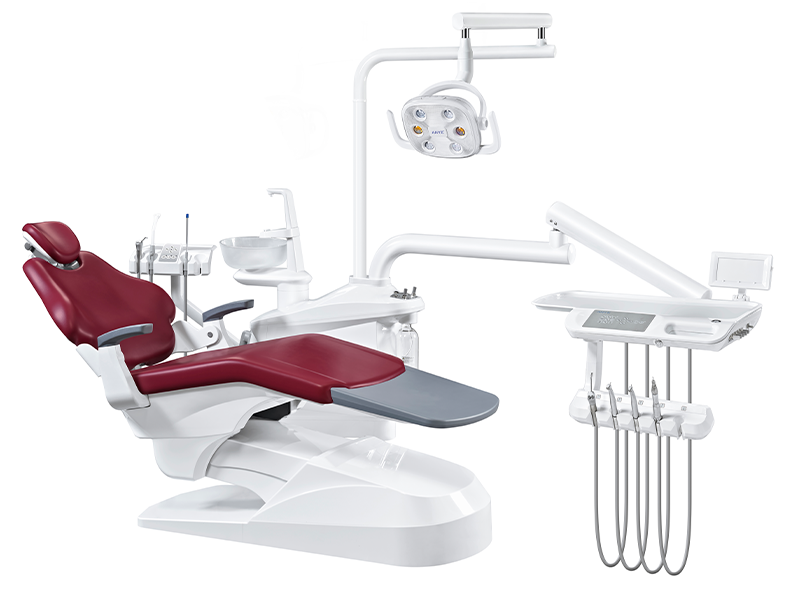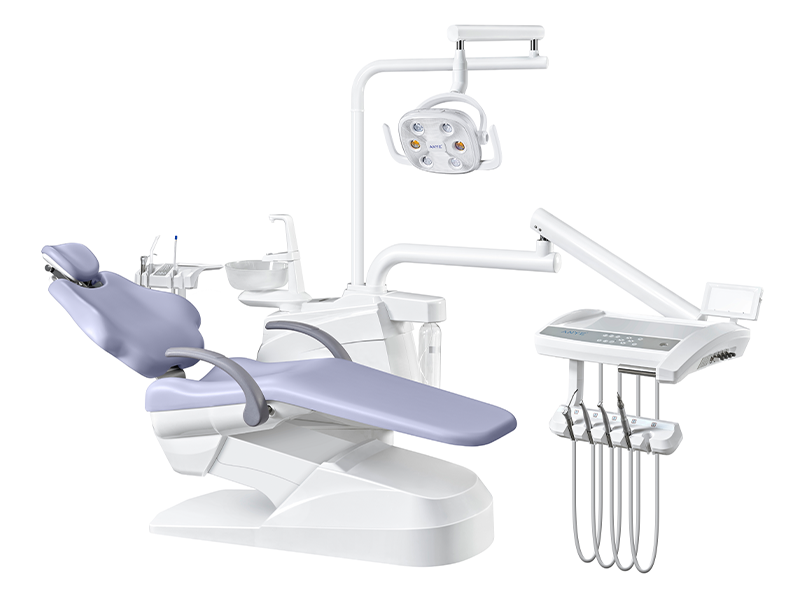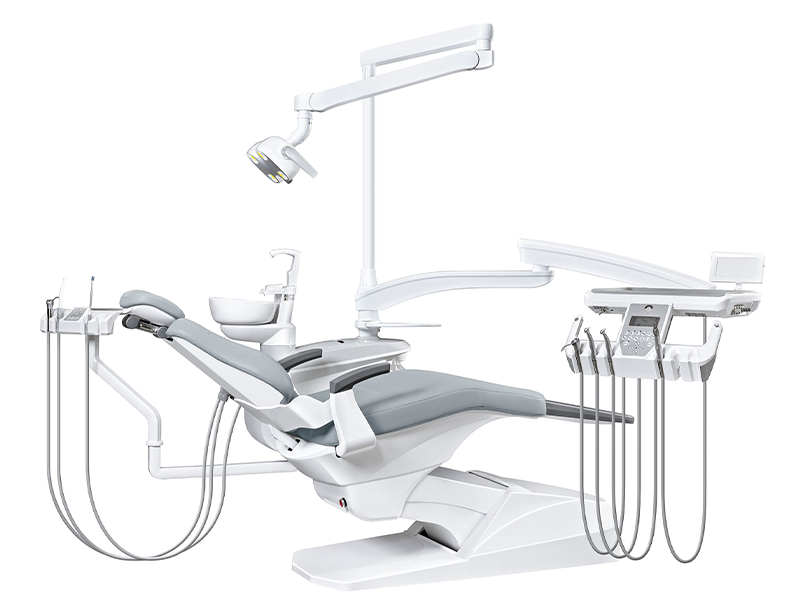When setting up your dental practice, choosing the right dental chair is crucial. Did you know that over 70% of patients cite comfort as a top priority during dental visits? This makes the decision between portable and traditional dental chairs not just a matter of preference but a significant factor in enhancing patient satisfaction and optimizing your workflow.
By understanding the unique benefits and features of each chair type, you can make an informed choice that aligns with your practice's needs. In this guide, we’ll break down the essential differences, helping you find the perfect fit for your practice in 2024. With insights from industry leaders like Anye Dental, you'll discover options tailored to meet the diverse demands of dental professionals.
Are you ready to elevate your practice and ensure your patients feel comfortable? Let’s get started!
Understanding Dental Chair Types
Portable Dental Chairs
Portable dental chairs are designed for mobility and versatility, making them ideal for practitioners who provide services in various settings, including community outreach and home care. These chairs are typically lightweight, often weighing between 20 to 30 pounds, and feature adjustable heights and backrests to accommodate different patient needs.
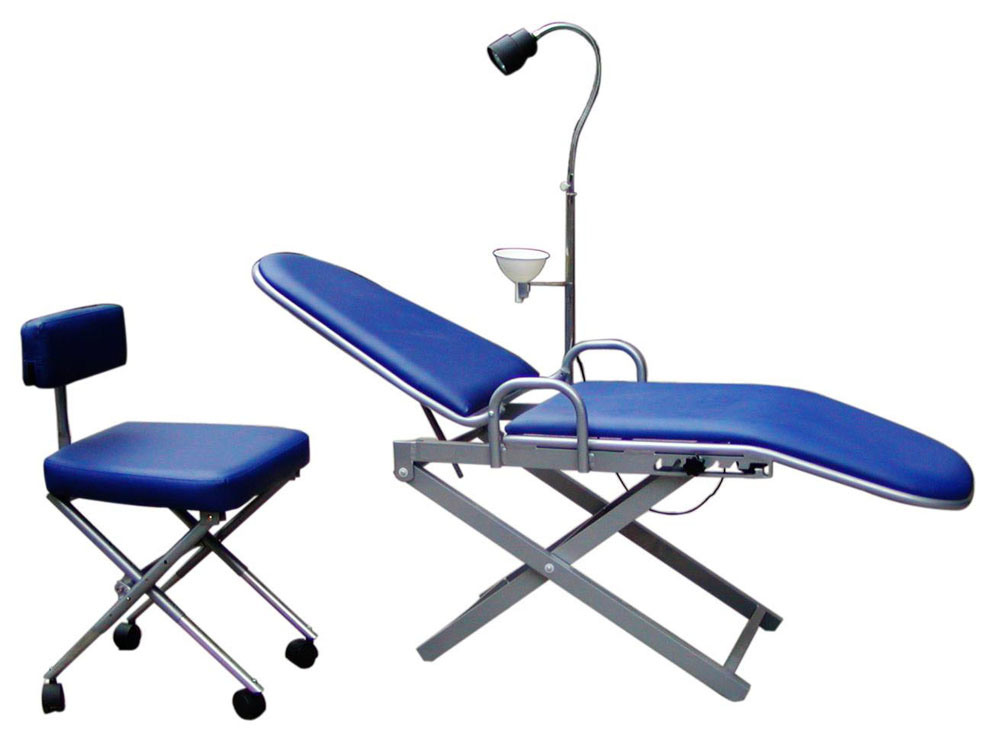
-
Mobility: Perfect for mobile dental practices, allowing practitioners to easily transport equipment to various locations.
-
Storage Efficiency: Their compact design enables easy storage, making them convenient for practitioners who frequently travel.
-
Cost-Effectiveness: Generally more affordable than traditional chairs, with prices ranging from $200 to $800, portable chairs are a practical choice for new practices or those with budget constraints.
Traditional Dental Chairs
Traditional dental chairs are built for stability and functionality, often equipped with advanced features that enhance the dental experience. These chairs are typically heavier, designed to support a variety of dental procedures, and often include built-in tools such as suction systems and adjustable headrests.
-
Clinical Settings: Commonly found in dental clinics and hospitals, traditional chairs provide robust support for a wide range of dental procedures, from routine check-ups to complex surgeries.
-
Advanced Functionality: Equipped with integrated tools, these chairs enhance usability during procedures, ensuring that everything needed is within reach.
Comparative Analysis: Key Considerations
Cost Comparison
When evaluating your budget for dental equipment, it's crucial to understand that portable dental chairs are generally more affordable than their traditional counterparts. Prices for portable models typically range from $200 to $800, making them an attractive option for new practices or those with limited budgets. In contrast, traditional dental chairs can cost between $1,000 and $5,000, depending on brand reputation and specific features offered. This substantial cost difference can significantly influence purchasing decisions, especially for practices looking to expand their service offerings without overspending.
Functionality and Features
| Feature | Portable Dental Chairs | Traditional Dental Chairs |
|---|---|---|
| Weight | Lightweight and easy to transport | Heavier, designed for stability |
| Adjustability | Basic adjustments | Advanced adjustments for comfort |
| Built-in Tools | Limited to essential tools | Often includes integrated dental tools |
Patient Comfort and Experience
Patient comfort remains a top priority in any dental practice. Traditional chairs often feature adjustable settings that enhance ergonomics, thereby improving the experience during lengthy procedures. Conversely, while portable chairs focus on being lightweight and easily transportable, this design may compromise some aspects of comfort. Research has shown that better ergonomic designs correlate with higher patient satisfaction ratings; thus, it is vital to consider these factors when selecting a chair.
Accessibility and Portability
Portable chairs excel in meeting the needs of patients in remote locations where traditional setups may not be feasible. For instance, mobile dental clinics utilize these chairs effectively to deliver care directly to underserved populations, significantly enhancing access to essential dental services. However, traditional chairs offer superior support for a broader range of treatments, making them ideal for established practices focused on comprehensive care.
Maintenance and Durability
Traditional dental chairs require regular maintenance due to their complex mechanisms designed for durability in high-use environments. They are built to withstand the rigors of a medical setting over time. In contrast, while portable chairs provide convenience in mobility, they may require careful handling as they can be less robust over time—especially when used frequently in demanding conditions.
Innovations from Foshan Anye Medical Equipment Technology Co., Ltd.
Foshan Anye Medical Equipment Technology Co., Ltd. is a pioneering leader in the dental equipment industry, recognized for its innovative ergonomic solutions tailored to the evolving needs of modern dental practices. Their unwavering commitment to quality and innovation is evident in their diverse product offerings, which enhance both functionality and user experience.
Key Features of Anye Dental Chairs
-
Ergonomic Design: Anye’s dental chairs, such as the AY-215A5 model, are engineered with adjustable components that significantly enhance comfort for both patients and practitioners. This model has been developed in response to market demand, ensuring that it meets specific clinical needs while providing patients with spacious seating designed to reduce pressure points during long procedures.
-
Advanced Technology: Anye integrates cutting-edge technology into their chairs, featuring built-in suction systems and user-friendly controls that streamline dental procedures. Additionally, many models include smart sensors that detect patient movements for optimal positioning, enhancing workflow efficiency.
-
Durability and Reliability: Constructed from high-quality materials that meet ISO13485 standards, Anye’s products are designed for longevity and consistent performance in busy dental environments. Their robust construction ensures stability while comprehensive warranties provide peace of mind regarding long-term investment.
-
Hygiene Standards: Anye dental chairs are designed with seamless surfaces that facilitate easy cleaning, reducing the risk of cross-contamination. Features such as removable components allow for thorough sterilization between patients, ensuring compliance with stringent infection control guidelines.
Foshan Anye Medical Equipment Technology Co., Ltd. stands out in the dental equipment sector by combining ergonomic design, advanced technology integration, durability, and rigorous hygiene standards. Their products not only meet but exceed the expectations of modern dental practices, ensuring a superior experience for both practitioners and patients alike.
Conclusion
Choosing the right dental chair—whether portable or traditional—is crucial for enhancing both practitioner well-being and patient care. For those requiring mobility and convenience, portable chairs offer flexibility and cost-effectiveness. However, practices focusing on extensive procedures and patient comfort will find traditional chairs provide unparalleled support and features.
Investing in the right dental chair is not just about immediate comfort; it’s about ensuring a sustainable practice that prioritizes both practitioner well-being and patient satisfaction. By carefully considering the unique advantages of each type of chair, dental professionals can make informed decisions that enhance their practice.
For more information on Anye’s range of ergonomic dental chairs and how they can benefit your practice, visit our website at Anye Dental. Investing in the right equipment is not just a choice; it’s a commitment to excellence in dental care.

